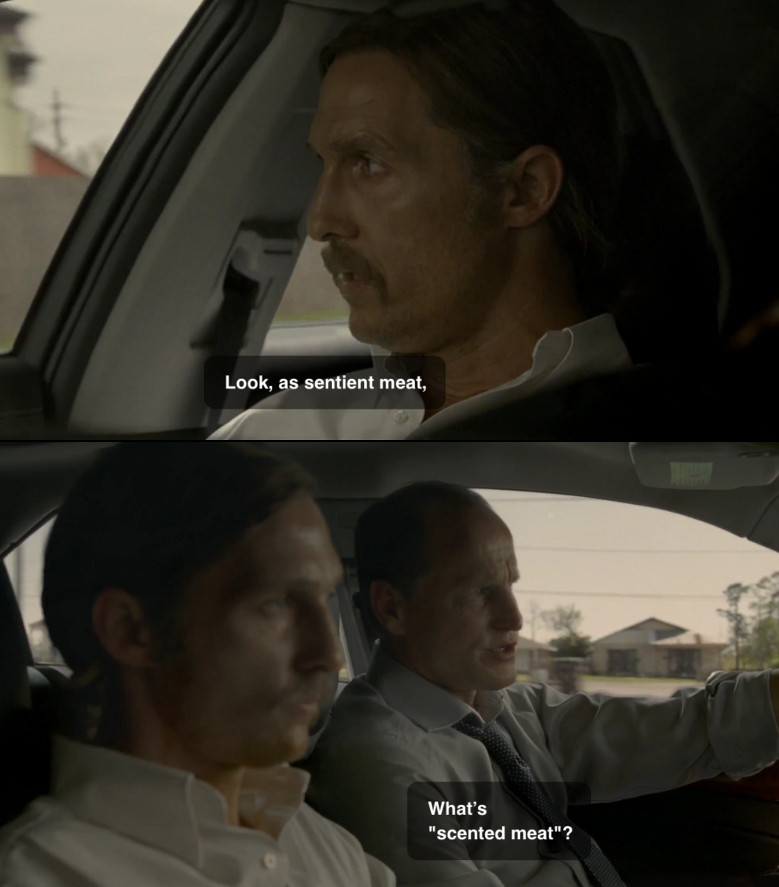- 87,735
- 50,125
- Joined
- Nov 20, 2007
Son the acoustics must be sick in Errol's lair maze to Carcosa.
I'd be up in there singing John Mayer's Fathers & Daughters.
I'd be up in there singing John Mayer's Fathers & Daughters.


 people who hate season 2 of the wire.
people who hate season 2 of the wire.


